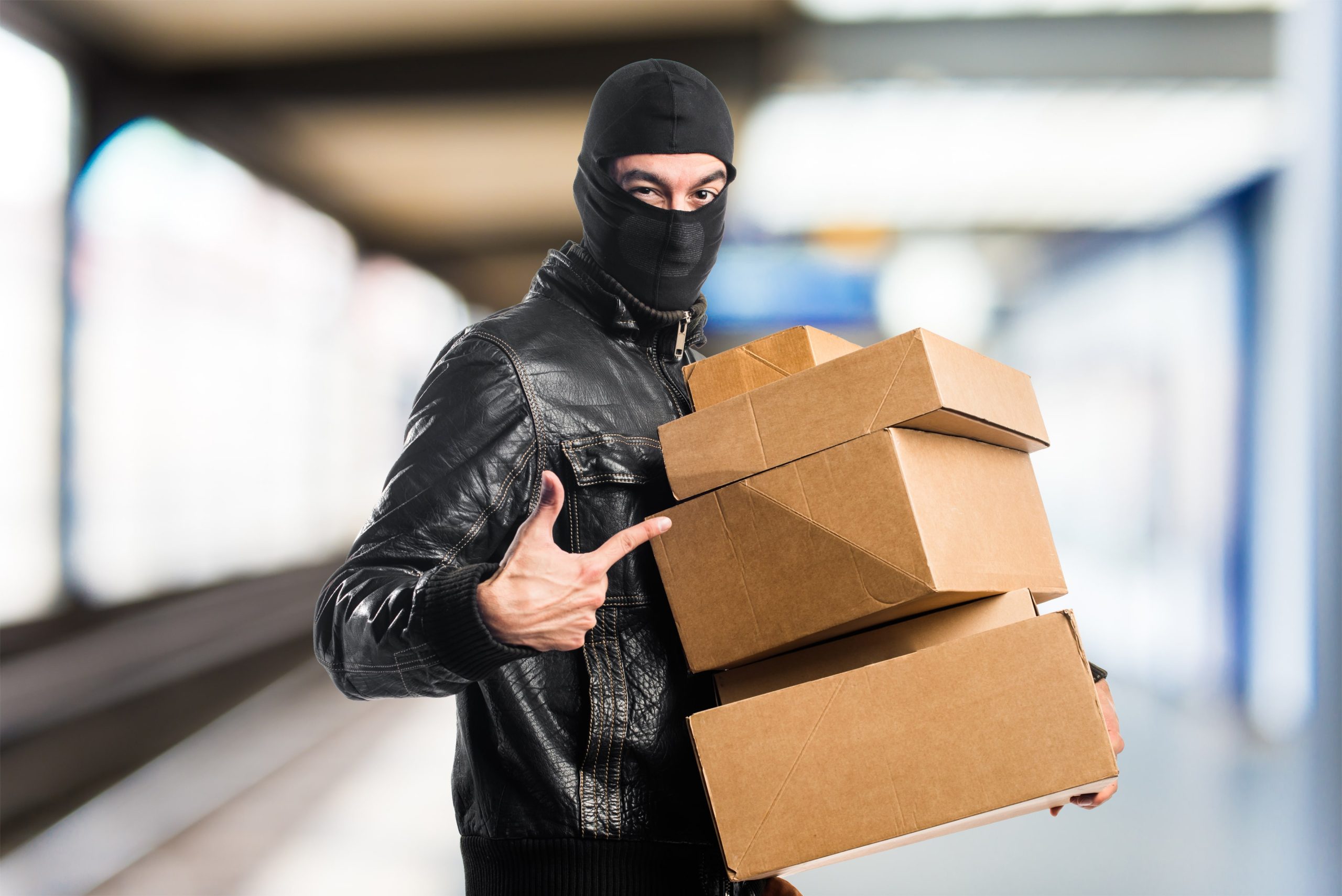
Fraud in eCommerce: how to protect your operations without sacrificing the customer experience
Fraud in ecommerce continues to grow and directly affects logistics operations. At key times such as sales, promotional campaigns or special dates, fraud attempts increase and jeopardise delivery efficiency and customer confidence.
The challenge for eCommerce is to strike a balance: implement safeguards that reduce fraud without degrading the legitimate customer experience. Too many controls can lead to friction and lost sales; too lax a policy opens the door to abuse and financial loss.
According to Europa Pressthe Federation of Companies of La Rioja has already warned about an increase in fraud through e-commerce platforms during the sales. Distribution News points out that the summer sales are triggering online scamming attempts, and 20 Minutes reminds us of the importance of following security protocols at events such as Amazon Prime Day to avoid impersonation and scams.
Main types of fraud in eCommerce logistics operations
Identity theft in deliveries
This is when an unauthorised person picks up a package, pretending to be the recipient. This can occur both in home deliveries and at physical points if there is no proper identity control.
Wardrobing (temporary use of the product before returning it)
The wardrobing occurs mainly in fashion, footwear or technology. The customer uses the product temporarily and then returns it as if it were new, affecting profitability and available stock.
Incomplete returns or returns with different products
The customer sends back a different item, incomplete or without its original accessories, making resale more difficult.
False claims of non-delivery
The customer claims that they never received the order, even though records indicate otherwise. Without solid evidence, many brands choose to reship the product or refund the amount, assuming the loss.
Other patterns detected
Repeated orders of expensive products with frequent returns, complaints coinciding with mass promotions or attempts to tamper with packaging.
How to protect your operation without overprotecting yourself?
Protecting logistics is essential, but over-regulate can damage conversion and customer loyalty.
The risk of adding friction that damages the experience
Excessive controls or overly complex return processes lead to distrust and cart abandonment. Security should be invisible to those who follow the rules.
Good practices in validation, traceability and control at critical points
Verifying identity on deliveries, ensuring parcel sealing and digitalised traceability helps reduce fraud without inconveniencing the customer.
Importance of automation and data analysis
The use of AI and detection of suspicious patterns allows action to be taken before the fraudulent transaction is completed. Thus, data is acted upon without affecting the customer experience.
The role of physical points as a deterrent and control element
How does the PUDO model help prevent fraud?
The points of convenience (Pick-Up Drop-Off) offer a controlled space for delivery and return, reducing exposure to identity fraud or tampering.
Documentary control and digitised traceability
From collection to return to the warehouse, every step is recorded, making it easier to detect anomalies.
Advantages over home delivery
PUDO allows for greater identity control, physical verification and less likelihood of failed or fraudulent deliveries.
How do industry leaders prepare?
Amazon and its advanced digital validation
As stated in 20 MinutesAmazon has strengthened identity verification protocols and the use of artificial intelligence to validate returns and detect fraudulent claims.
Use of residential mailboxes and digital signatures
Systems such as Citibox allow secure deliveries to residential locations, with controlled locking and access by unique codes.
Agile solutions that keep the customer experience intact
Market leaders combine automations, invisible verification and multi-channel options that do not add extra steps for the legitimate user.
How does Celeritas help you to secure your logistics without losing agility?
Full traceability from delivery to return
Celeritas offers real-time tracking throughout its network, from the point of origin to the final destination, which facilitates the detection and resolution of any anomalies.
Point validation and process automation
Our points integrate physical and digital vVerification processes that reduce errors and prevent fraud attempts.
Adaptable multi-channel model
We combine home deliveries, points PUDO and residential smart mailboxes (Citibox) to offer eCommerce options tailored to each product, customer and risk level.
Conclusion on ecommerce fraud: security and expertise are not mutually exclusive.
Protecting your logistics operation does not mean sacrificing the customer experience. With the intelligent process designsupported by technology, data and a strong physical network such as that of CeleritasIn this way, it is possible to shield logistics from fraud and still offer a smooth and reliable shopping experience.
Do you need a Celeritas Point for your ecommerce? Contact us now:
https://www.celeritastransporte.com/punto-celeritas/informacion/#contactoceleritas


